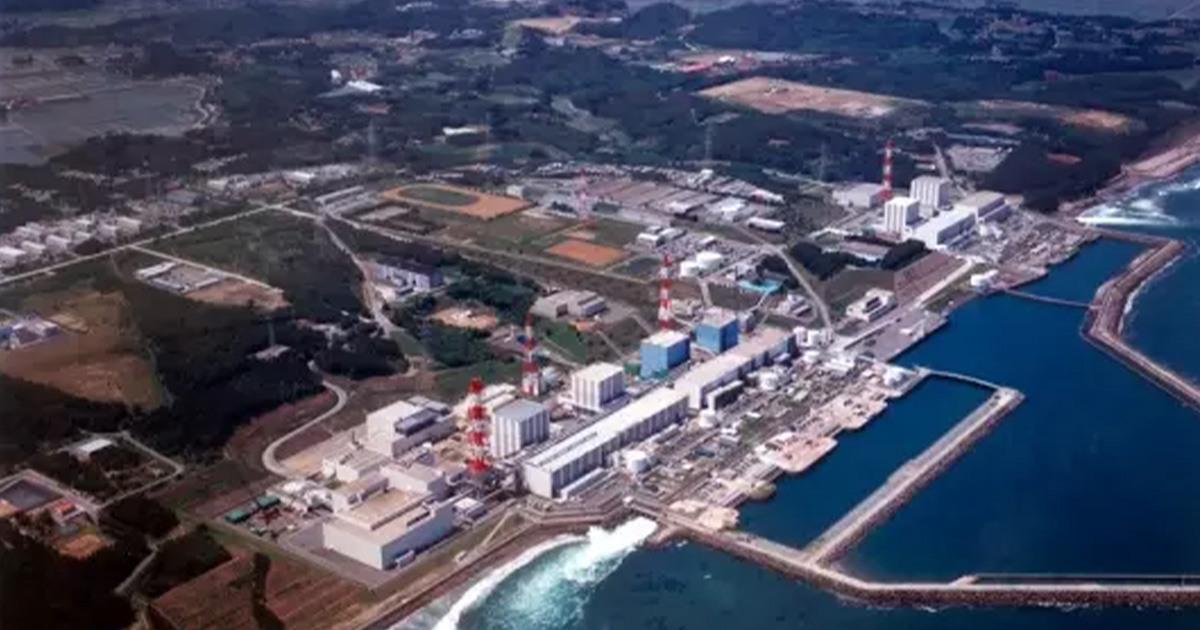Following the second release of treated radioactive wastewater from the Fukushima nuclear plant, a team of international researchers have addressed concerns.
Beginning in August and continuing for the next 30 years, treated water contaminated by the 2011 meltdown of the plant is being slowly released into the Pacific Ocean.
Several nations and international groups have raised concerns over the potential risks of this new release.
A new review, published in the journal Science, has provided comprehensive scientific insights into the planned release and its potential impacts on marine life and humans.
Experts from the University of Portsmouth in England, Curtin University in Australia, and Australian National University, assessed any potential effects based on the scientific evidence from past releases of radioactivity and radiation dose calculations from independent researchers and the International Atomic Energy Agency (IAEA).
Comparisons with nuclear facilities globally reveal that the planned tritium release from Fukushima is substantially lower than releases from many other nuclear facilities, such as the La Hague reprocessing plant in France.
The team has concluded that the anticipated radiation doses to marine life and seafood consumers will be negligible, falling well below safety thresholds.
The treated wastewater is being diluted before it is released to ensure that tritium levels are far below regulatory limits. Levels of other radionuclides in the release are also being carefully monitored to ensure compliance with standards set by regulatory bodies.
Professor Jim Smith, from the University of Portsmouth, said: “The release follows stringent regulations and safety measures.
“The plan—as long as it is carried out correctly—is supported by strong scientific evidence on the risks of radioactivity discharges to marine systems.”
The primary radioactive contaminant in the wastewater is tritium, present in the form of tritiated water (HTO). While tritium, like other radioactive substances, can induce DNA damage in organisms, its low radiotoxicity significantly reduces potential harm.
Tritium's chemical similarity to ordinary water prevents significant increase in concentration of the substance, also known as biomagnification, as its uptake and distribution are controlled by the much larger volume of non-radioactive water.
“Our long-term studies have found that much more contaminated aquatic ecosystems near Chernobyl show remarkable resilience to radiation—fish and aquatic insect populations are thriving,” explained Professor Smith.
Honorary Associate Professor Tony Irwin from the Australian National University added: “Tritiated water releases happen all over the world at significantly higher levels than the Fukushima release and have been happening for many decades.
“The Kori Power Station in South Korea discharges about twice as much tritiated water to the sea compared to the Fukushima release. The La Hague facility in northern France discharges 450 times as much as the Fukushima release to the English Channel and no significant radiation doses occur.”
Associate Professor Nigel Marks, from Curtin University, said: “There are understandable concerns from the Fukushima community and the public, given the historical context of the disaster, but these fears are not based on scientific evidence. The real focus should be on pressing environmental challenges like climate change, overfishing, and plastic pollution.
“The scientific consensus, backed by evidence, is that the release of Fukushima wastewater poses no significant threat.”
The article, titled 'The risks of radioactive waste water release', is available to view online here.



